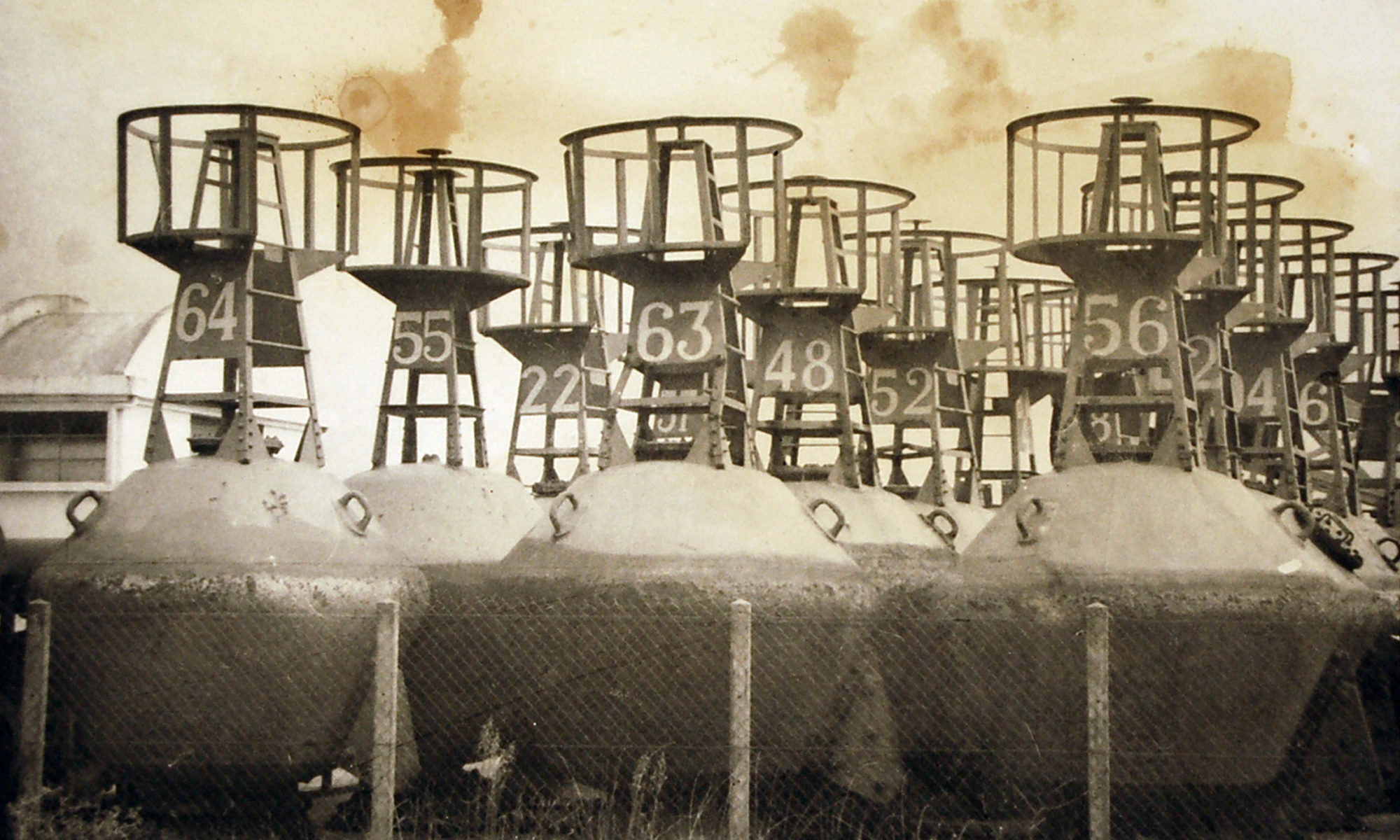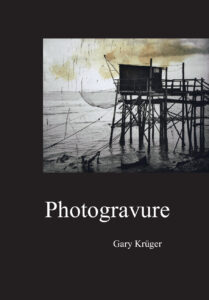Studio Gary Krüger
References – Technique and History of Photogravure
Instructions including technique and history of photogravure
Photogravure
Gary Krüger, 2022 (Vita)
256 Pages, A4
448 Illustrations
Language: English
Hardcover
Price: 89.00 Euro plus shipping
This book contains a detailed description of the various processes involved in converting a photograph into a photogravure, taking into account the use of materials available today. The first part of the book explains in detail the principle of photogravure, historical notes, materials needed, workshop equipment, as well as all the necessary steps for the production of a photogravure. In summary, in the chapters describing the respective procedures, there is a brief guide at the end with information on possible sources of error. The second part contains the description of different noble printing techniques such as carborundum, soot and pigment printing, which can be combined with photogravure. Furthermore, the reader receives detailed construction plans for necessary equipment as well as instructions for the production of materials used in photogravure.
Technique of Photogravure
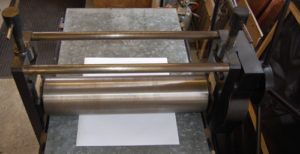
Photogravure, based on gelatine, is just one of many methods of reproduction. Gelatine itself is not sensitive to light, a chemical substance is required for this: Potassium diichromate K2Cr2O7. A gelatin layer soaked with potassium dichromate becomes insoluble in water after exposure to natural light (UV rays) at normal temperatures.
History of Photogravue
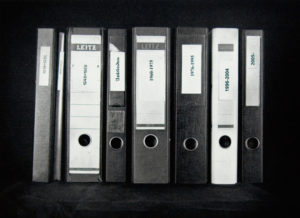
The history of the photogravure reaches back up to the photographic experiments of Nicéphore Niépce (1765-1833). In 1816 he tried to project a picture by a camera obscura so that it could be brought in a printable form. This first quite primitive photomechanical process is called Niépce Gravure Heliographique.
Print Jobs
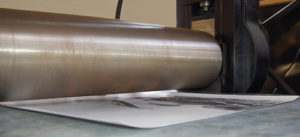
I would be happy to accept your printing order. For this I need a negative, positive or photo in the format up to 20 x 30 cm. Of course, digital data can also be stored on CD/DVD and be used for a template. Please note that the image in original size in TIFF or JPEG format /RGB mode/resolution 300dpi must be present.
Maximum plate size: Digital templateand analog Template: up to 40 x 50 cm
Maximum sheet size: 78 x 106 cm in white, brigh white or creme white printing paper: Hahnemühle, 300g Printing ink: Charbonnel universal black or as desired. Edition: up to 15 prints per plate Your template: Slide, Positive, Photo or Digital
Other materials can also be used on request. However, the papers and colours I use guarantee optimum quality.
For further information and prices please contact:
References
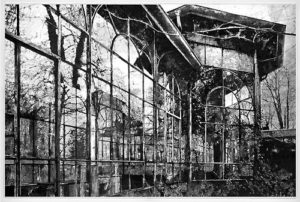
On this page are works of photogravures, which I have produced for different artists.
Press
Introductory speech by Dr. Andreas Gabelmann on the occasion of the exhibition opening “Stillstand” at the Städtische Museum Engen, 4 April 2019
https://museum-engen.de/
read (Only in German)
Article “Edel gedruckt”, Susanne Kohlheyer, Graphic Art 1/2011, Edition Curt Visel, Memmingen
https://www.edition-curt-visel.de/
